How Modern Farming Techniques Increase Yield and Sustainability
/Farming practices have been rooted in tradition for thousands of years. Farmers worked the same land as their families had for generations, using the same techniques that had been passed down for generations. They relied on intuition, knowledge of their land and the patterns of the seasons to grow food for their families and commercial markets, and for many years this was adequate. However, farming today requires a lot more than traditional knowledge, since producers now face a number of unprecedented challenges: new demands from a market that is now connected globally, rising populations around the world, erratic and extreme weather patterns driven by human-caused climate change, and land that is less fertile and more damaged by decades of harmful practices like monocropping and overreliance on chemical inputs. In addition to these new challenges, with more people around the world aiming to adopt and promote green living practices, there is mounting global pressure to reduce the excessive carbon footprints that are common to modern commercial agriculture.
These days farmers are often also scientists, with knowledge of innovative technologies, soil science and agricultural techniques that can increase yields, with fewer harmful inputs, while conserving natural resources. Satellite-guided tractors, AI-powered soil sensors, remote-sensing drones for surveying and monitoring land, and a slew of regenerative farming techniques are changing the calculus for what it means to be a responsible steward of the land.
In this article, we will explore how some of the most promising techniques for farming and food production can be applied to enhance the health of the planet and maintain the sustainability of our global food supply for the foreseeable future.
What Are the New Methods of Farming?
It’s clear that the current industrial food production system, or “big ag,” is not sustainable in the long term. Many people have turned to growing their own gardens, even taking online gardening classes, in an attempt to reduce their reliance on commercial agriculture. While this is a welcome trend, it’s not enough to solve the problems with “big ag.” Fortunately, many commercial growers have begun to rethink their current approach to farming and recognize that overreliance on chemical fertilizers, pesticides, overhead watering systems, tilling and monocropping or duocropping is a threat to the long-term stability of their industry. Technology has been mobilized as one potential problem-solver, and as a result, Mmodern agriculture is continually rolling out new farming techniques that are hybridized with current technology. Combining the two ensures greater efficiency and holds a lot of promise for the sustainability of commercial farming. These methods do not center around technology for technology's sake; instead, they represent cutting-edge interventions in solving pressing concerns.
A few key examples this article will explore in more detail below include:
Precision farming
Drip irrigation
Hydroponics and aquaponics
Cover cropping
No-till farming
Smart sensors and drones
Integrated pest management
Each of these methods addresses a specific issue, whether it's water loss, soil loss, pest damage or crop production, and presents a more effective way to do so.
More Food, Less Waste
One of the greatest advantages of modern farming techniquesis increased yield. Even with the challenges of climate change, using techniques that produce healthier soil, rely on fewer chemical inputs, and reduce the depletion of precious resources has enabled a growing number of farmers to grow more with less, less water, less land, less time. Although a new study on regenerative farming suggests that some of its core techniques actually reduce yields, scientists have also identified ways to minimize tradeoffs between sustainability and greater crop yields so that farmers produce more while causing less harm to the environment.
Precision Farming
This type of farming does not work on guesses. Precision farming refers to the use of various farming tools to observe, measure, and respond to plant and animal data, enabling farmers to combine this with other data to improve efficiency, productivity, quality, profitability, and sustainability. In other words, Farmers are able to make more informed decisions when they are best able to determine when, where, and how much to plant, irrigate, and fertilize.
Some of the advantages of precision farming include the following:
Decreases input expenses (such as seeds and chemicals)
Improves crop quality and yields
Conserves time and fuel
Rather than treating the entire field as one, precision farming focuses on each bit of land separately. Some sections of a given agricultural plot require more care, while others require less. It's focused farming at its best.
Conserving Water Where It Matters
Water is one of agriculture's most precious assets and one of its most abused resources. Old irrigation systems waste gallons of water through runoff and evaporation. Overhead watering, whether it’s on a large scale or in your home garden is thus the least efficient way of getting water to your crops.
Drip Irrigation
Drip irrigation is a slow, focused watering technique that uses a network of tubes that slowly release water directly to the soil, enabling plant roots to take up water and nutrients more efficiently. Rather than flooding fields, water is delivered directly to the plant's roots. Aside from helping growers avoid some of the problems that come with inconsistent, excessive, or not enough water, drip irrigation encourages roots to grow deeper into the soil, which can enable plants to better withstand periods of drought.
Some benefits of drip irrigation include the following:
Decreases water usage by as much as 60%
Reduces weed growth
Enhances crop health
This method is particularly good in dry areas or drought years. And it can be automated easily with inexpensive timers, which also saves labor.
Farming Without Soil
Did you know that you don’t actually need soil at all to grow crops? Sounds bizarre, but it works. Some soilless growing techniques also produce greater yields in less time than traditional soil-based farming.
Hydroponics and Aquaponics
Both of these methods are soilless growing systems. Hydroponics refers to different methods growing plants in a nutrient-infused water solution. Aquaponics is a closed-loop system that involves fish in the equation; fish waste serves as fertilizer for the plants, and the plants in turn purify the water with fish waste providing nutrients for plants and plants filtering the water for fish employs a water solution that contains nutrients.
Advantages:
Uses up to 90% less water than traditional soil-based agriculture
No pesticides or herbicides required
Can be accomplished indoors or in city lots
And these systems can operate year-round. That means steady harvests, even in areas with extreme weather.
Soil Health Is Crop Health
Years of poor soil management have brought many commercial farming operations to the brink of collapse. Soil is not only the foundation of farming: it is its lifeblood. Most people think of soil as just dirt. But healthy soil is so much more: it’s a living ecosystem, which means that it is It teeming with living things that create optimal conditions for growing and nurturing crops: microbes, fungi, worms, beneficial insects and nutrients, all of which are necessary for healthy plant growth.
Some modern farming methods are looking to ways that serve to build soil health and conserve it, unlike those that deplete it.
No-Till Farming
No-till farming refers to a practice of growing crops without disturbing the soil through tilling (aerating it up with a plow or machine). Tilling is believed to worsen erosion and disturb the balance of the soil’s ecosystem. Instead of turning the soil over to prepare it, seeds are planted directly into it.
Advantages of no-till farming include these:
Decreases erosion
Traps carbon in the soil
Preserves moisture
Cover Cropping
Cover cropping was a common practice in generations past, but fell out of vogue in commercial farming around the late 1950s, when farmers began switching to synthetic fertilizers. It’s increasingly recognized as an effective method for sustaining and replenishing the soil. Farmers sow "cover crops" such as clover, oats, vetch or rye in fallow (i.e., non-planted) beds, and these usually grow after the harvest season has finished when soil is more vulnerable to erosion, compaction, and loss of nutrients. Although cover cropping has many benefits, there are a few downsides including the cost to plant these crops and the addition of tasks associated with cover cropping during the busy harvest season. However, some cover crops can be planted alongside cash crops when done with forethought and careful management.
Advantages of cover cropping include these:
Adds organic matter
Suppresses weeds naturally
Increases soil fertility over time
Using Technology Wisely
Most people don’t picture a tech-heavy operation when they think of a farm, but increasingly, farming and technology go hand in hand.
Sensors and Drones
Sensors and drones are increasingly being used to survey, monitor, and even map crops and agricultural fields, enabling farmers to address many problems at an earlier stage, or avoid them altogether.
Soil sensors monitor moisture, nutrients, and temperatures.
Drones take an aerial view, mapping vast fields in just minutes.
Weather apps assist with timing planting and harvest.
The insights these devices provide allows farmers to move quickly and plan more effectively. They can help growers avoid losing crops, detect diseases earliery, and conserve resources more efficiently.
Natural Pest Control
Many farmers turn to chemicals to eliminate herbivore pests from crops. But therein lies a law of diminishing returns: pests develop resistance to chemicals, which means that manufacturers have to develop stronger chemicals for the next season, and the cycle continues this way. Aside from being an increasingly ineffective way to protect crops from herbivore damage, chemicals leach into the soil and have been the cause of problems in the environment and in human health. While some chemical pesticide use may be unavoidable in certain situations, it is not the only solution in pest management.
Integrated Pest Management (IPM)
The truth is, there is no safe way to completely eliminate pest damage in farming operations. However, using Integrated Pest Management (IPM) methods can greatly cut down on the damage to crops. IPM involves multiple eco-friendly techniques for keeping populations of harmful herbivore pests down and thereby reducing pest damage to crops, without relying on synthetic chemicals. It may include observation the surrounding environment, cultivating knowledge of pest lifecycles to combat them more efficiently, attracting of pests’ natural enemies, and applying targeted treatments that don’t harm non-target species.
Some key elements of IPM include:
Monitoring insect populations
Nurturing useful insects like ladybugs, lacewings, and parasitic wasps
Using traps or physical barriers instead of chemical sprays
IPM saves pollinators by using fewer chemicals and prevents runoff from entering bodies of water.
The Big Picture: Sustainability
Farming nowadays is not all about maximum production. It's also about building long-term sustainability into growing systems so that the land will be viable for many years to come. That means:
Using fewer resources
Reducing emissions
Preserving biodiversity, and
Giving a stimulus to local economies
Sustainability isn’t just a trendy buzzword in modern farming: it means integrating principles like these to be able to feed global populations and safeguard the natural systems that future generations will depend on.
Modern Farming Can Promote Sustainable Agriculture
Modern farming techniques aim to produce food in ways that address the problems with commercial “big ag” – including overreliance on chemical inputs – while conserving resources and contributing to a healthier soil ecosystem. It’s not about discarding centuries of traditional wisdom. In fact, many of the techniques used in the first half of the twentieth century are being brought back into modern farming practices and paired with innovative, science-based technologies to create more resilient food systems. Many of today’s farmers are seeking to create new opportunities for sustainability and productivity to work in tandem. In that sense, they are working to cultivate more than crops; they’re challenging the status quo and nurturing a future in which farmland is fertile, ecosystems are thriving, and communities can look forward to a more sustainable future in food production.
Want to learn more about innovations in agriculture and food production systems? Green and Prosperous is a good springboard for learning more about modern agricultural techniques and how they are changing the industry. Subscribe to our blog feed to stay informed about how sustainability is implemented in practice and what you can do to support a more sustainable planet.
You may also be interested in…









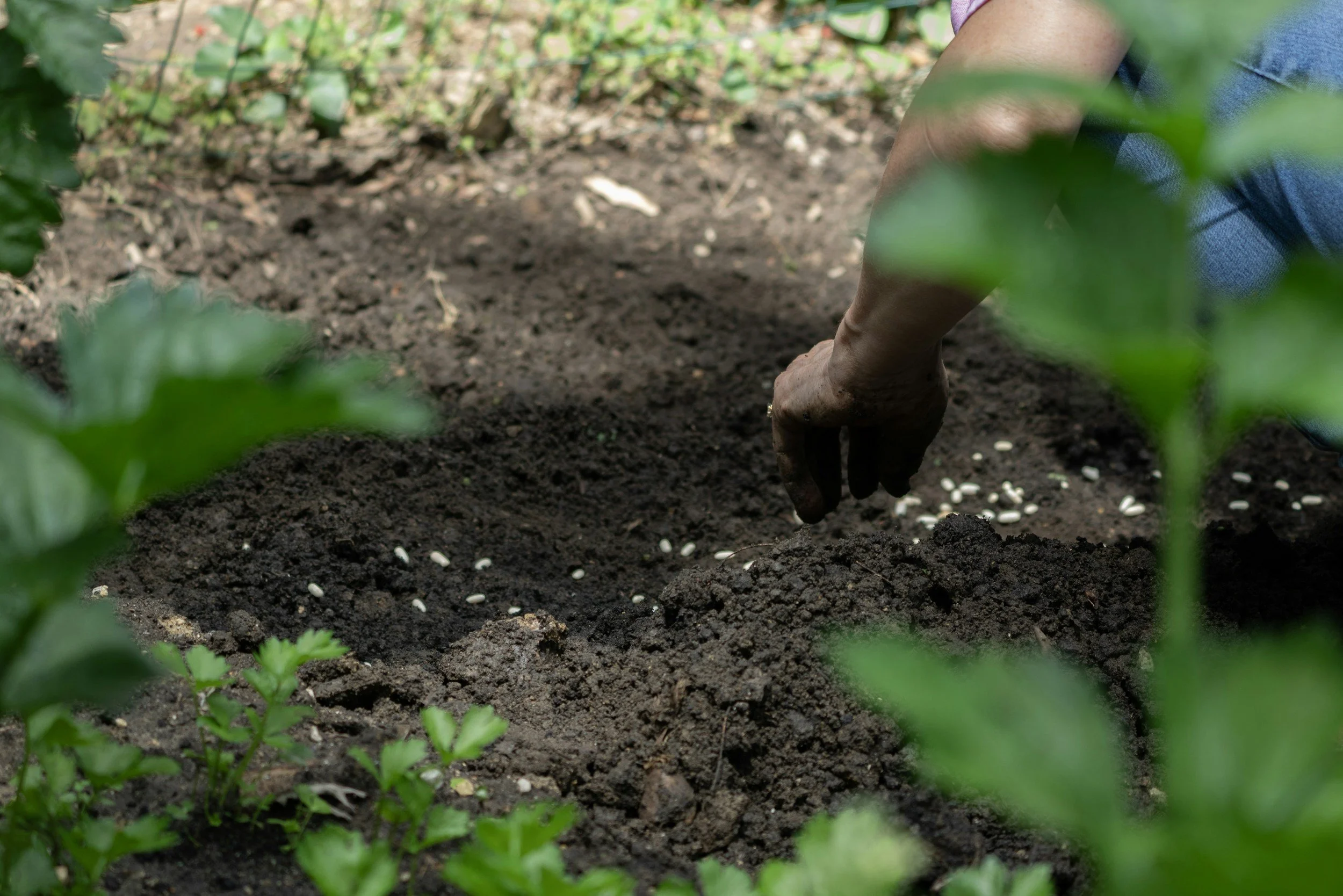



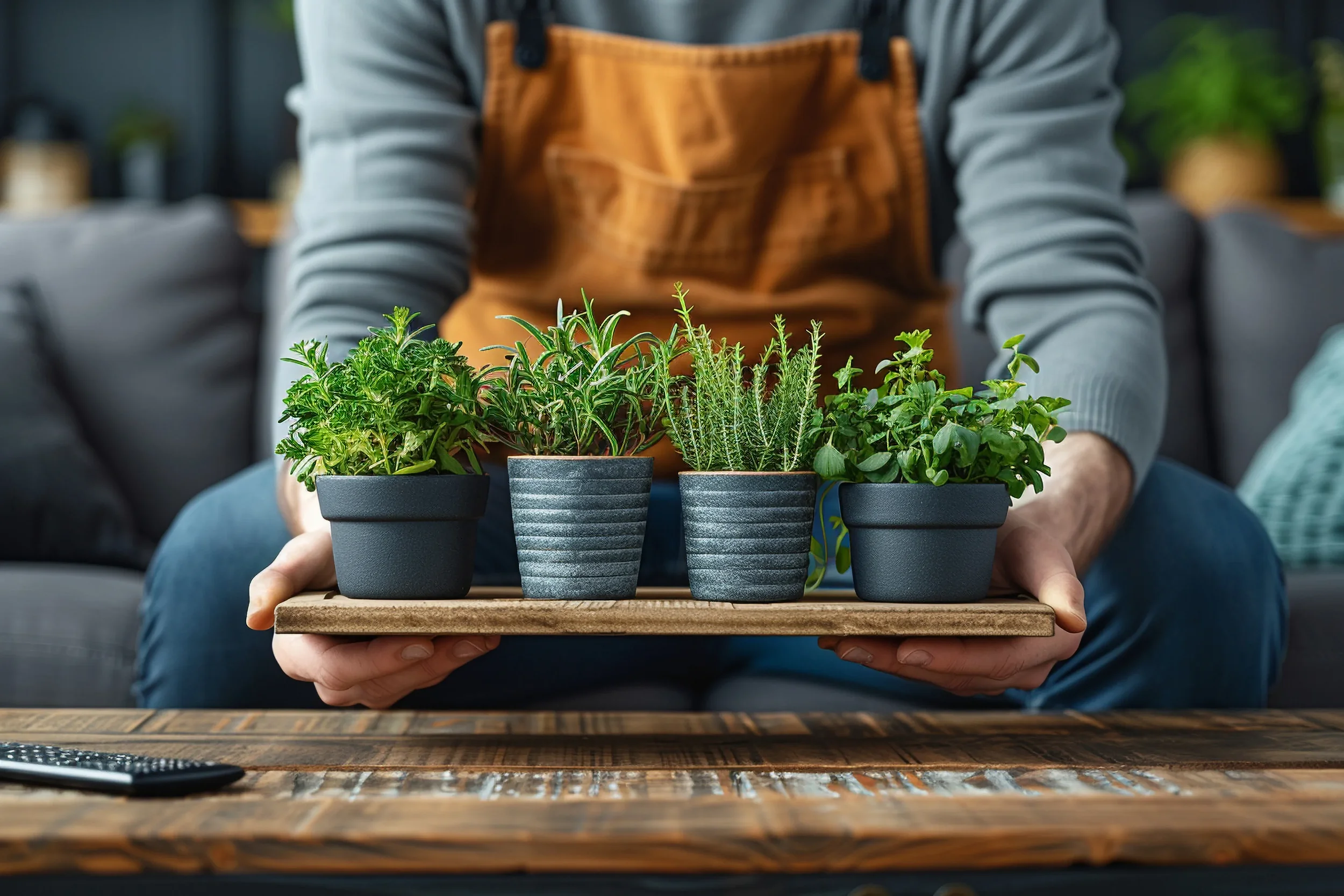







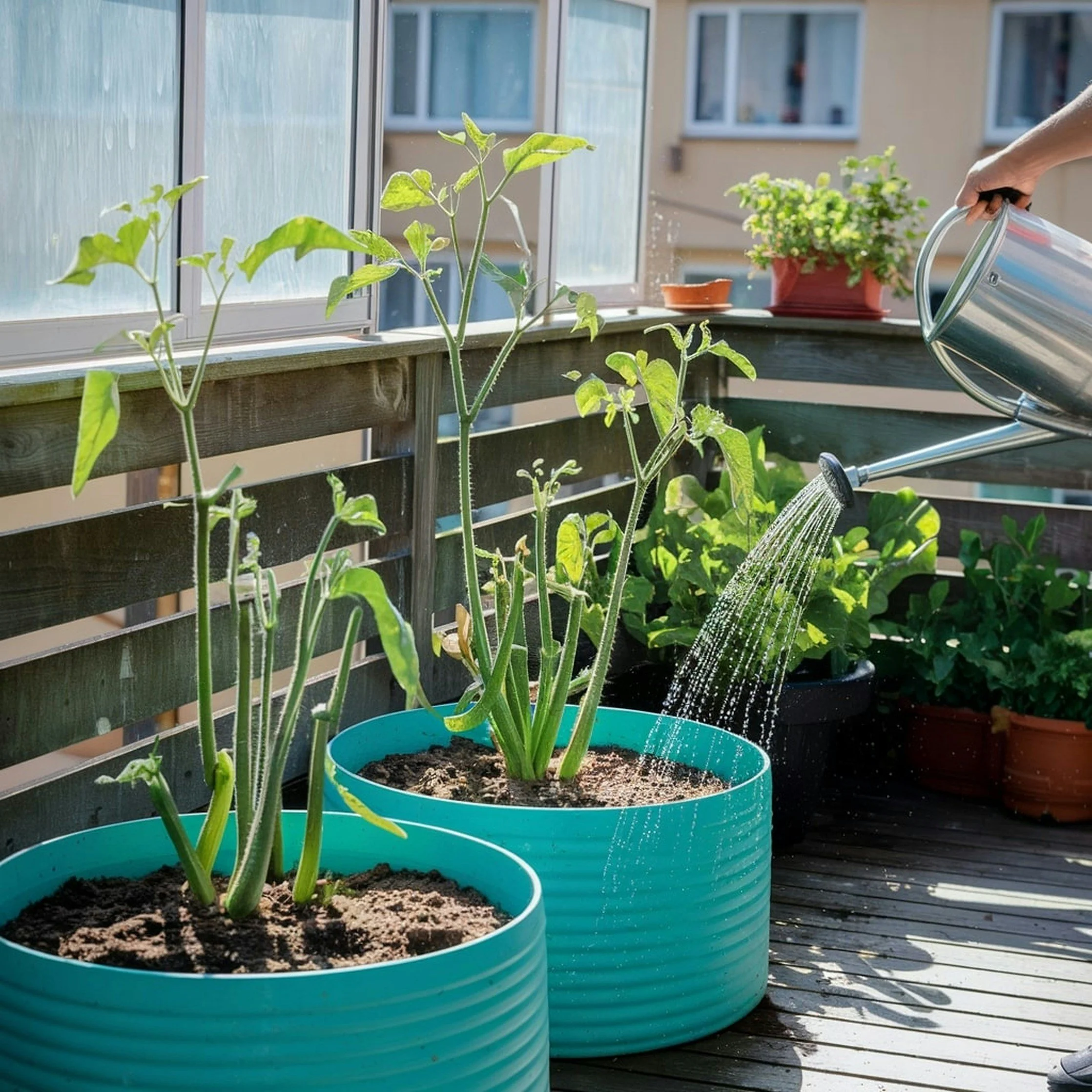
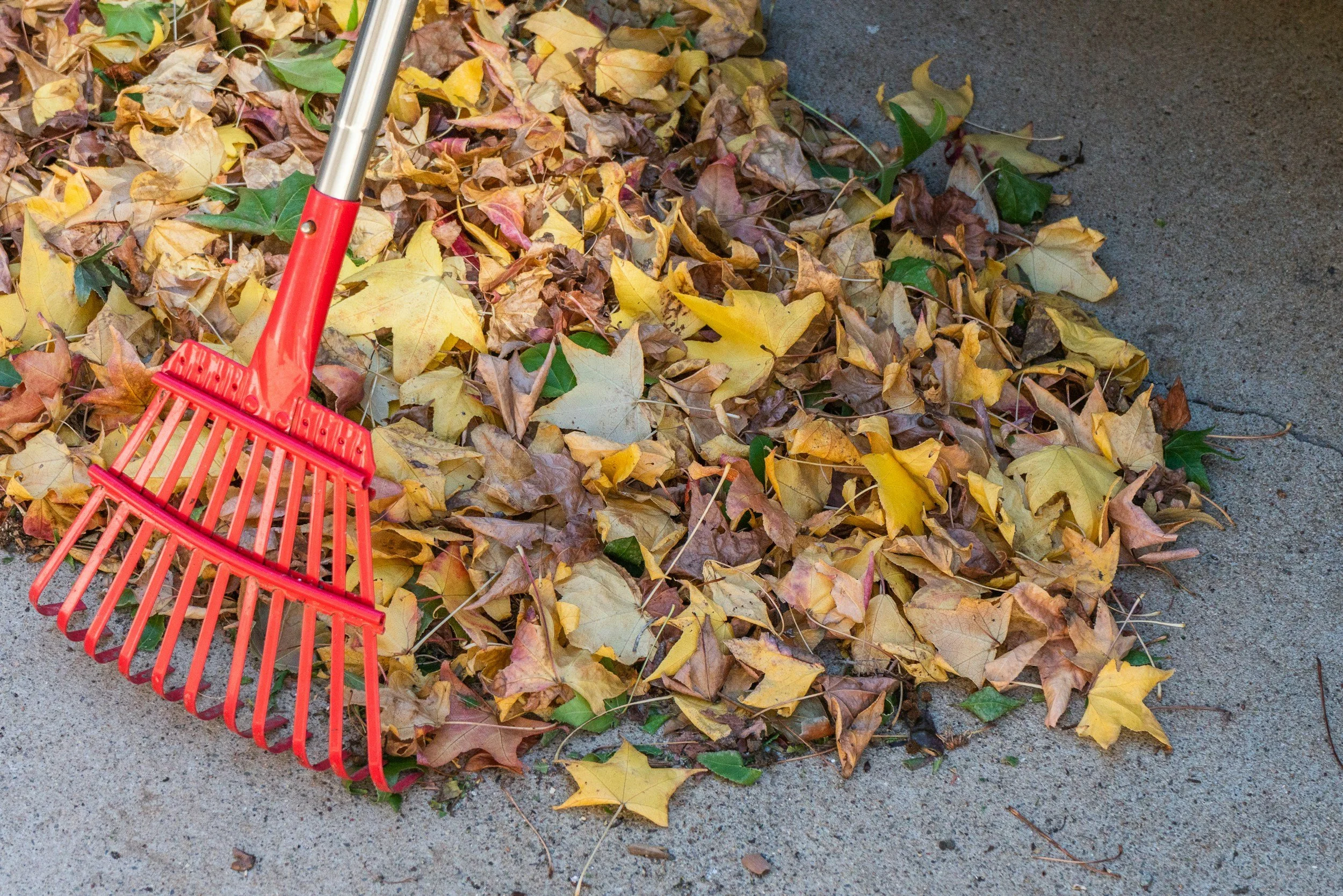




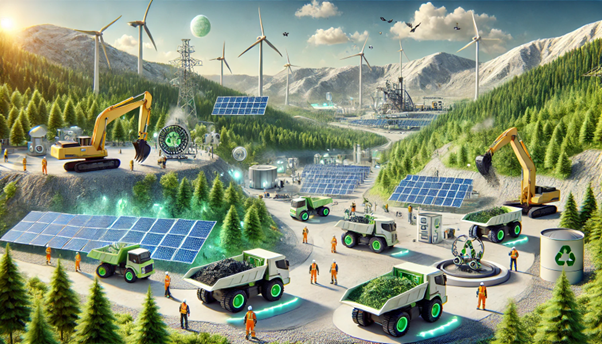

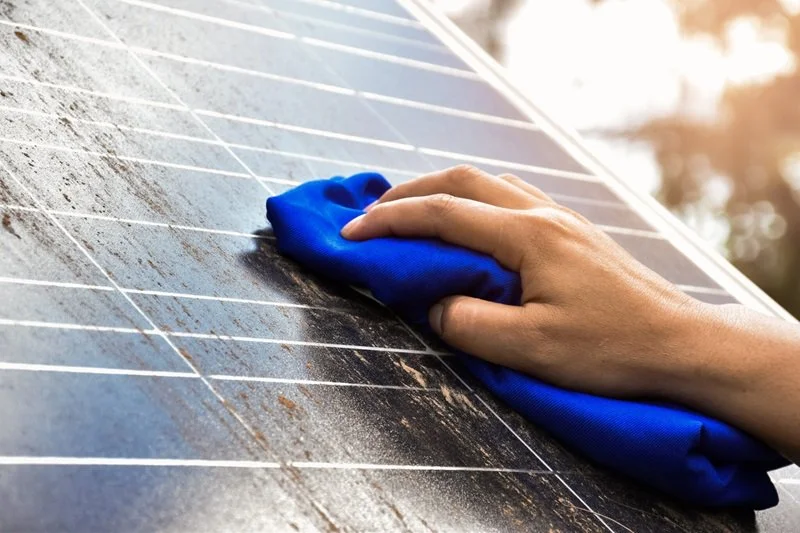

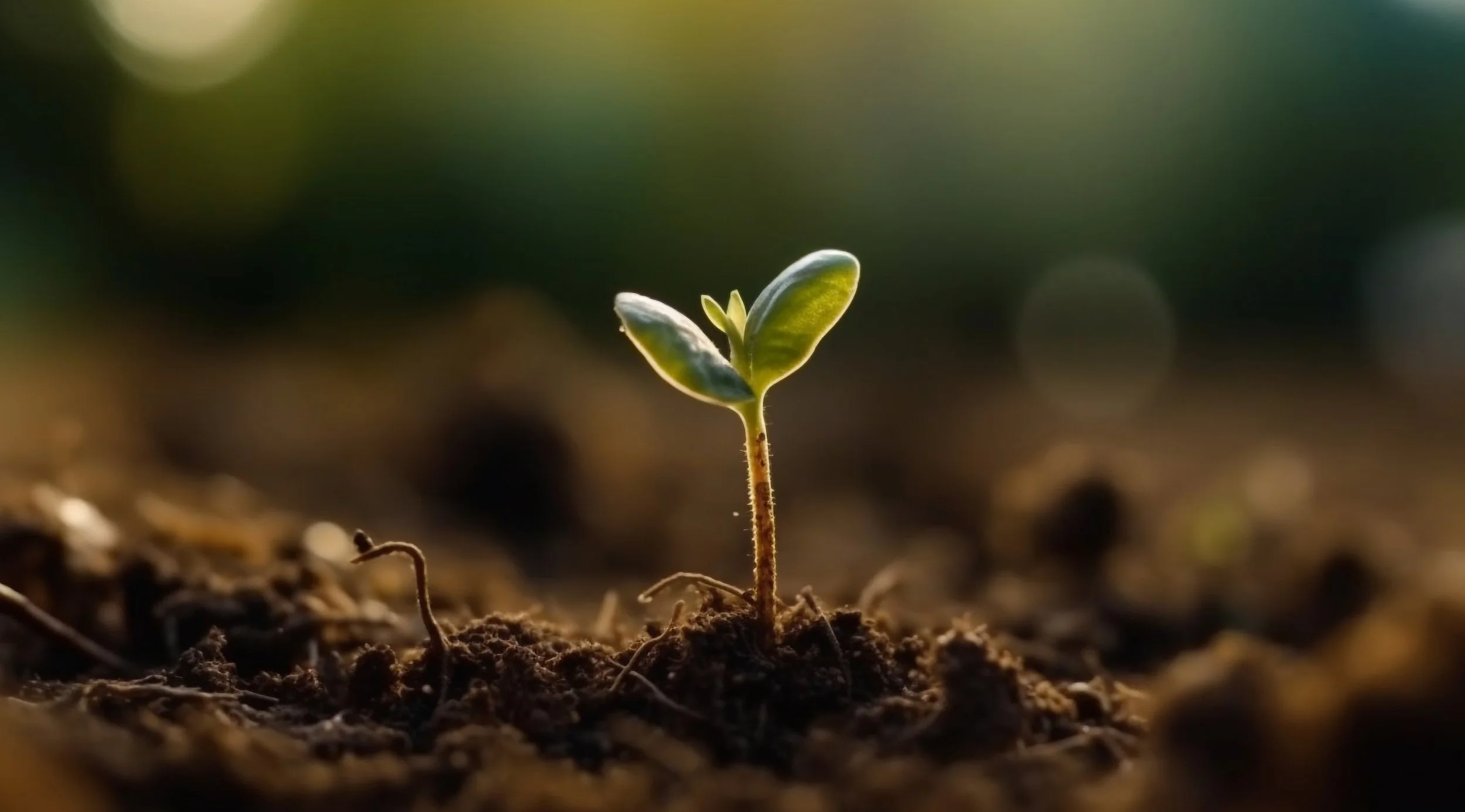



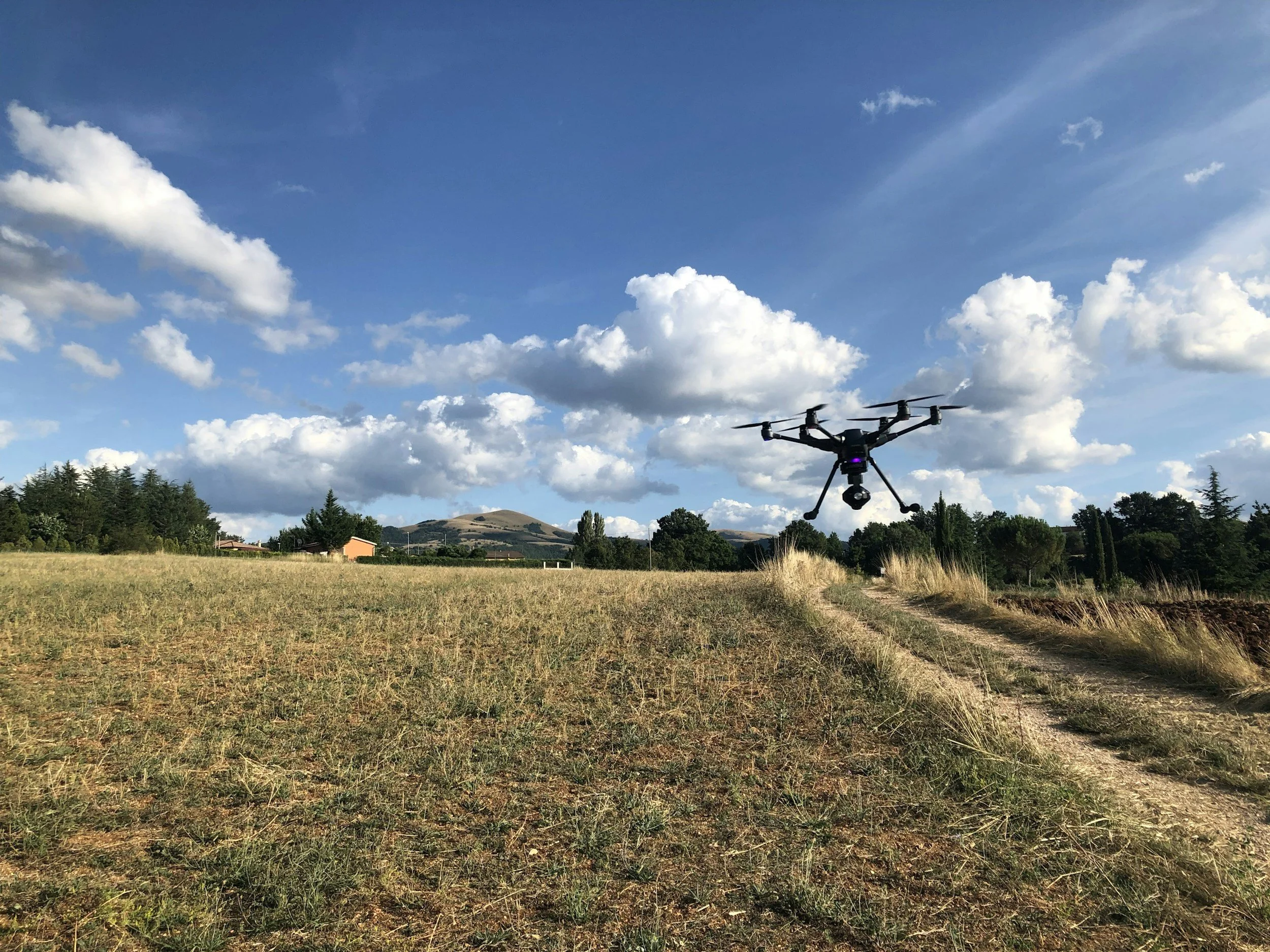
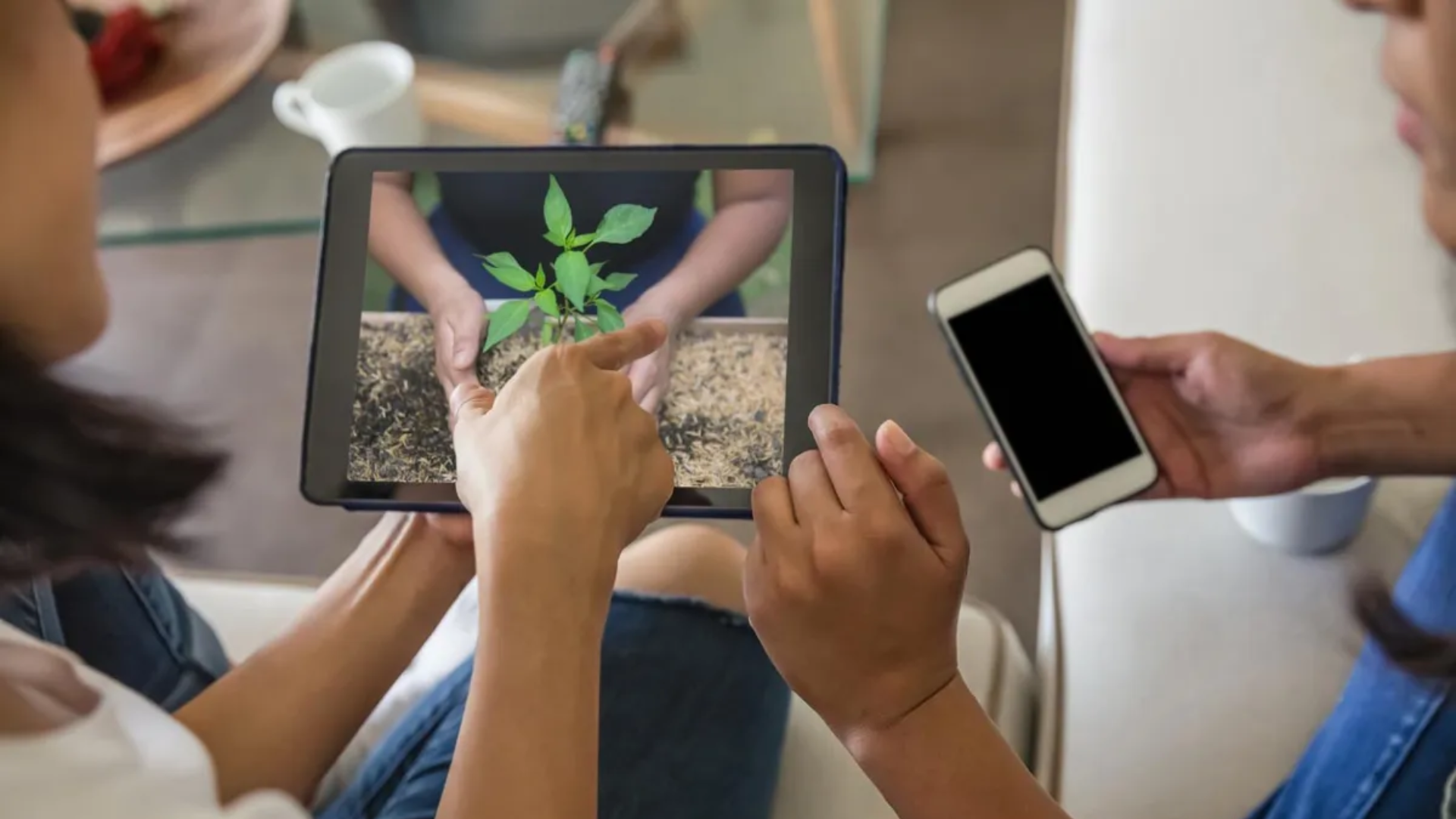






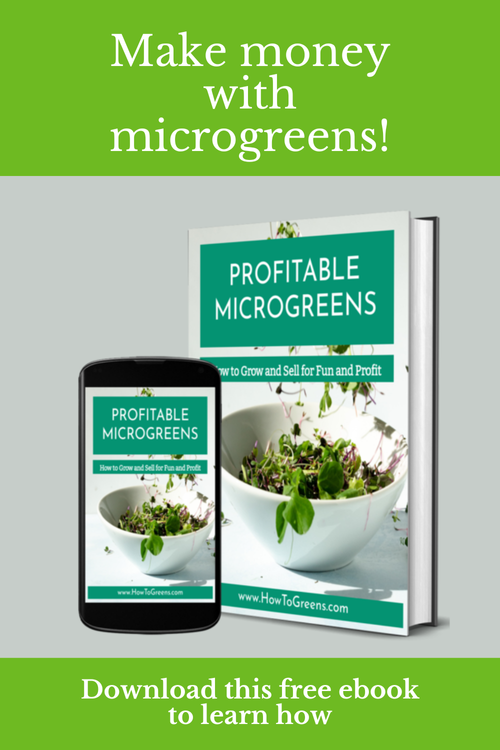
Farming practices have been rooted in tradition for thousands of years. Farmers worked the same land as their families had for generations, using the same techniques that had been passed down for generations. They relied on intuition, knowledge of their land and the patterns of the seasons to grow food for their families and commercial markets, and for many years this was adequate.